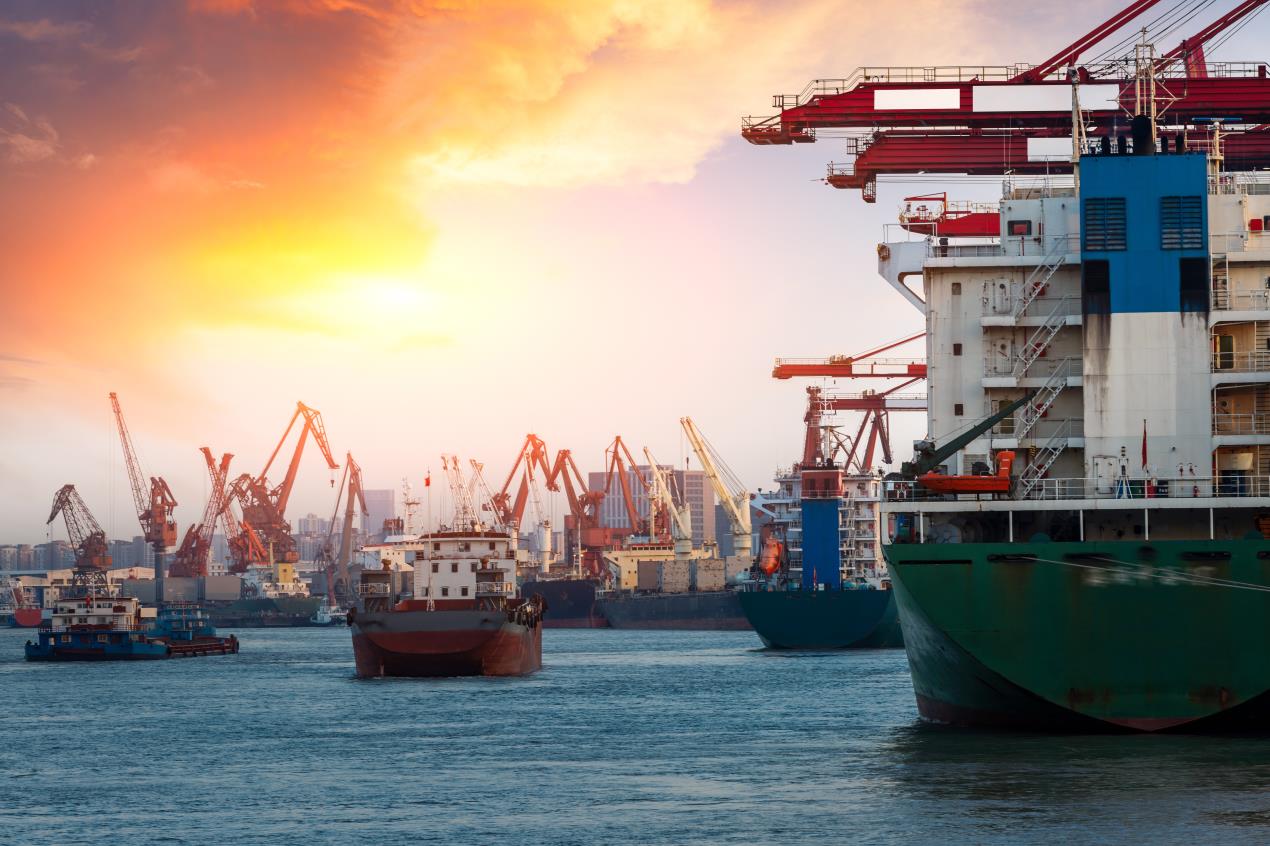Research into future maritime applications is seeing more diversification across ocean industries, as technology breaks down the barriers, writes Samantha Fisk.
Norwegian University NTNU is currently at the heart of research for leading edge technologies for the maritime industry with the development of its AMOS (autonomous marine operation systems) research facilities. The university is starting to see how the ocean industry sectors are beginning to impact each other The oil and gas sector is one key example of technology diversification, as companies move competence and products into the offshore renewable market, in a bid to stay head of the game.
These trends are being studied by Asgeir J Sorensen, director, NTNU/AMOS who sees Norway’s clusters developing into “Superclusters.”
The supercluster is the latest concept for what is effectively the cross collaboration of the sectors working in the ocean industries in developing and researching new technical solutions for the market.
With a focus on reducing carbon emissions in the industry, this is one topic that the research is keenly looking into. “There is no doubt that sustainability is hitting 100%. We see that in oil and gas”, Sorensen says, “everything we do should be reducing the carbon footprint.”
NTNU believes that there will be more automation in the future in all the ocean sectors, as this will not only help reduce carbon footprints, but will also help with how the industries work. Already the university is seeing technologies that employ robotics and sensors increase from the aquaculture market.
An advantage that NTNU has is that it has close working relationships with maritime companies in the area, but this is not alays being being viewed in a positive light:
“We are so close to the revenue stream in Norway. We have to be close. We are receiving a lot of funding but also input and they are directing us. Some are saying that we are too close that we should be even more descriptive,” says Sorensen.
However, collaboration and crossovers in marine disciplines is also having a knock-on effect with financing, and has already started to see shifts in pricing structures in the industry. “You could not bring in the cost structure of oil and gas, there was a lot of expense. You could bring in the discipline, but you would have a new model of cost”, adds Sorensen. He further explains that the cost model is now being motivated by aquaculture companies that is now also moving into offshore renewables.
The innovation from the different sectors in the industry has seen advancements in robotic technology that in turn has seen an uplift in developments for mapping of ocean beds.

































